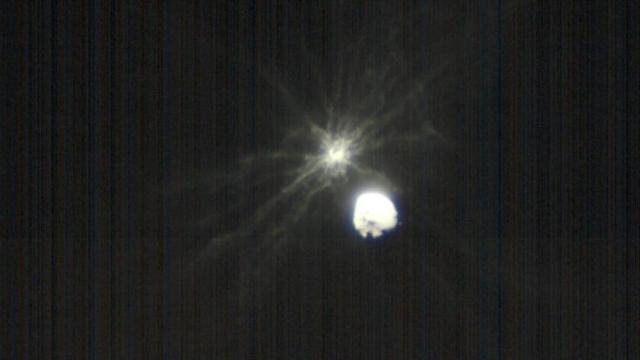They’re raw and a bit grainy, but LICIACube’s first batch of images have arrived, showing the immediate effects of the DART spacecraft crashing into Dimorphos.
The 14-kilogram LICIACube (pronounced LEE-cha-cube) was trailing behind DART at the time of impact, having been dispatched by the NASA spacecraft two weeks ago. The probe has two optical cameras, LUKE and LEIA, and it was designed to observe the impact from afar. The primary objectives of the mission, managed by the Italian Space Agency, were to observe the rising plume, capture images of a potential impact crater, and observe the moonlet’s opposite side.
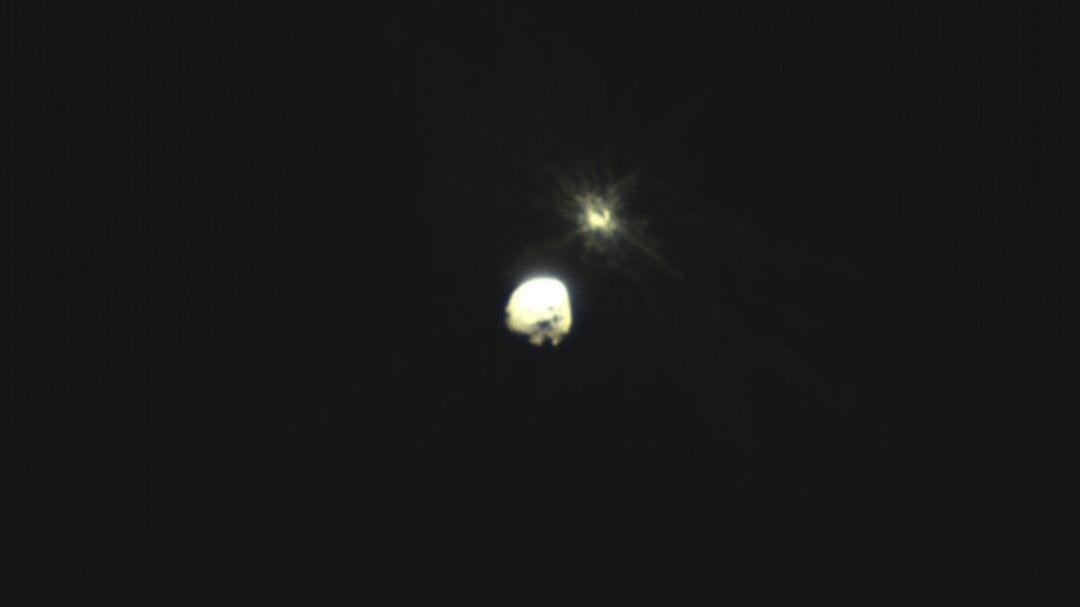
LICIACube, short for Light Italian CubeSat for Imaging Asteroids, is in the process of downlinking hundreds of images back to Earth, each of which requires processing and analysis. The first set of images has been released, revealing striking details of the celestial encounter. The Double Asteroid Redirection Test, or DART, smashed into Dimorphos, a small moonlet orbiting the larger Didymos asteroid, at 9:14 a.m. AEST on Tuesday, in an important first test of a planetary defence strategy. Neither object poses a threat to Earth.
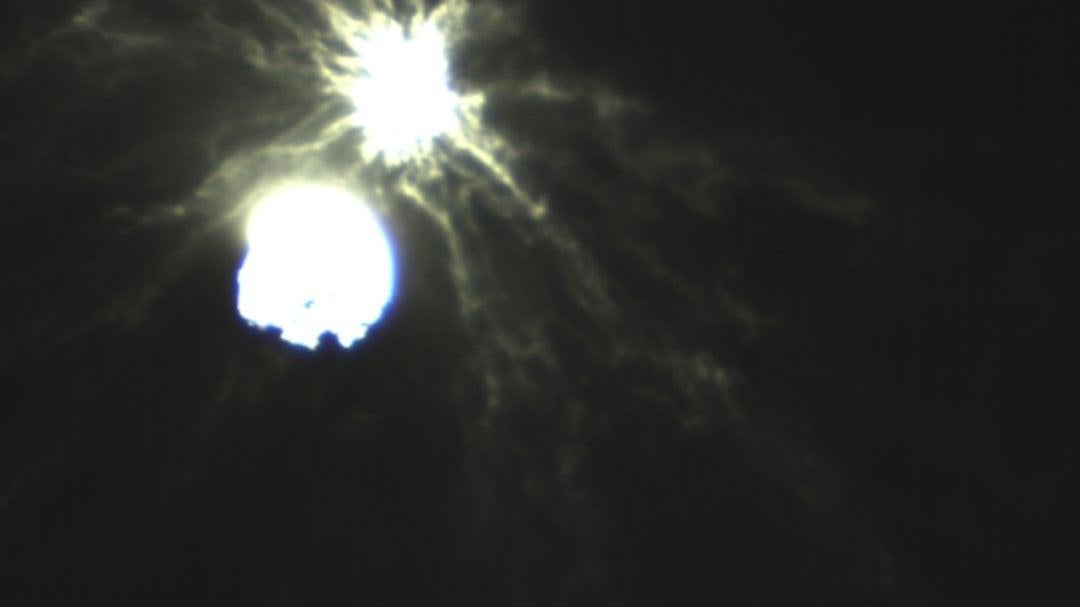
Italian aerospace company Argotec designed and built LICIACube, with contributions from the National Institute of Astrophysics and the Universities of Bologna and Milan. For the encounter, the probe got no closer than 55 kilometres from the target asteroid. Images of the impact show two objects in the frame, the 158.50 m-wide moonlet and the 807.72 m-wide Didymos. The two objects are about 1.2 km apart, while the system itself is 11 million km from Earth.
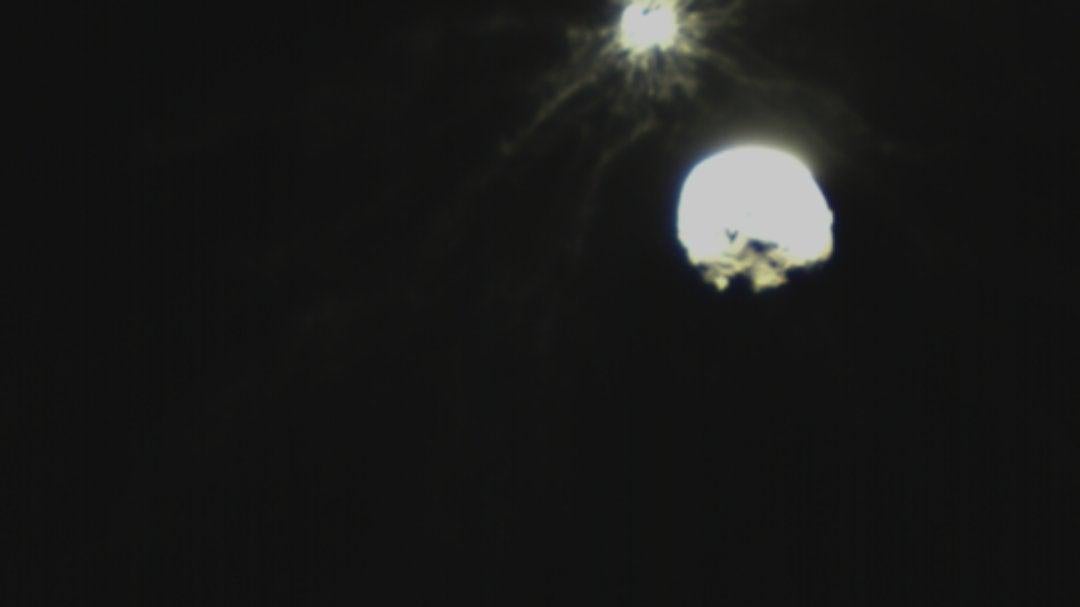
Zoomed-in views of Dimorphos reveal complex strands of debris kicked up from the impact. Planetary scientists, it’s fair to say, will want to study this phenomena in detail, as it likely speaks to the effect kinetic impactors have on rubble pile asteroids — if that’s what Dimorphos actually is. Rubble pile asteroids, as the name suggests, are asteroids with loose conglomerations of surface material, as opposed to asteroids with highly compact surfaces.
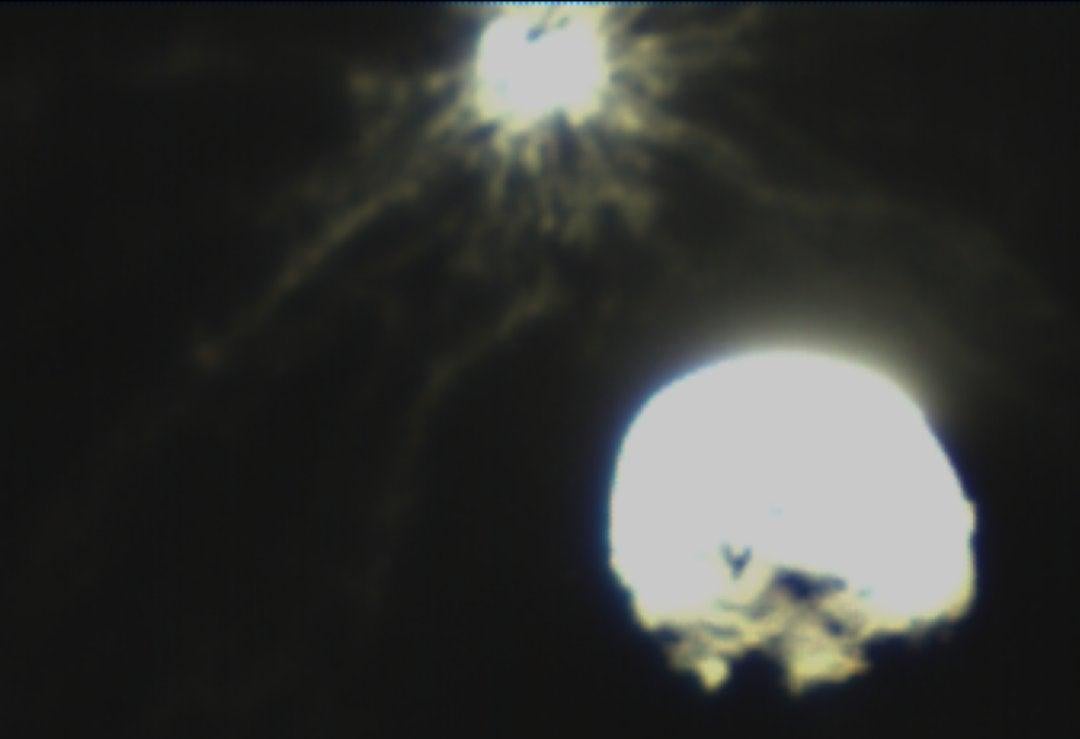
The nature of the disseminating impact plume will inform estimates about the object’s structure and surface material, while observations of the non-impacted side will refine estimates about the moonlet’s dimensions and volume. Scientists will then use this information to improve their impact simulation models. Data gathered by ground- and space-based telescopes will likewise be used for this analysis.
We are now very much in the science phase of the DART mission, as researchers work to understand the spacecraft’s effect on the asteroid, both in terms of changes to surface and the degree to which its orbit around Didymos has changed, if any. These analyses could equip us with a future means for fending off a threatening asteroid.
More: Ground Telescopes Capture Jaw-Dropping Views of DART Asteroid Impact.
